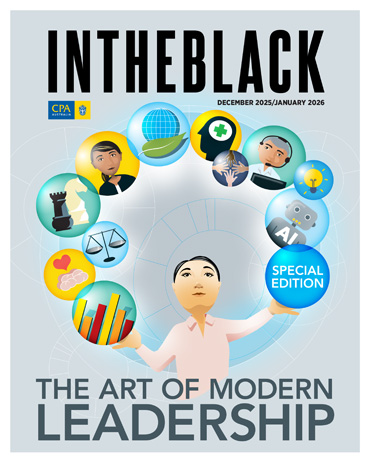Loading component...
At a glance
Job titles have rapidly evolved in recent years. Where once a job title was expected to describe the employee’s role and their position in the company in straightforward terms, many organisations are now embracing a more creative approach.
While “assistant accountant”, “financial accountant” and “chief financial officer” are as popular as ever, quirkier job titles, such as “director of bean counting”, “money maestro”, “vibe manager” and “innovation evangelist” have entered the business lexicon.
Career coach Ruth Beran says the current trend is for more exaggerated job titles. Rather than “retail assistant”, there is “educator” at Lululemon, “cast member” at Sephora and “genius” at Apple.
“Instead of ‘receptionist’,” says Beran, “think ‘director of first impressions’.”
An edgy or funny job title can signal that the jobholder is innovative, or that an organisation is progressive.
However, inventive job titles can create confusion around the responsibilities in a role. While “money maestro” is attention grabbing, what the role entails on a day-to-day basis is less clear.
Moving with the times
Job titles are also known to change with time. For instance, gendered job titles such as “stewardess” and “fireman” have become “flight attendant” and “fire fighter”, respectively.
Similarly, other popular job titles, such as vice president, have gone through periods of unpopularity and come back into circulation.
Beran says that the use of “chief” in job titles is also increasing in popularity, prompting a wider range of C-suite titles, such as, “chief product officer, chief purpose officer, chief community officer, chief mental health officer, chief sustainability officer and chief robot whisperer”.
“Chief” roles – and their varying degree of eccentricity – serve as a social barometer, Beran says. They reflect “issues in the workplace, society or environment at large that companies are trying to grapple with – for example, the impacts of COVID-19 and changes to when, why and how people are working”.
Many job titles have changed to reflect a flatter structure or more inclusive culture, and some organisations have done away with job titles completely.
Professional LinkedIn profile writer Karen Tisdell says the increased social sensitivity toward hierarchy and inclusion is evident in the language of job titles.
“I see fewer ‘managers’ and more ‘leaders’ in titles,” Tisdell says. “I also see resumés that are much ‘warmer’ and often written in the first person.”
According to Nicole Gorton, director at recruiting firm Robert Half, many new job titles have evolved to describe changes in job function.
“‘Commercial analyst’, ‘FP&A analyst’, ‘finance business partner’ and ‘commercial project accountant’ – these weren’t titles once upon a time.”
While trends come and go, some things remain consistent.
“To this day, the top three job titles in financial accounting are still ‘financial accountant’, ‘corporate accountant’ and ‘finance manager’,” says Gorton.
Job titles in recruitment
At its most basic level, a job title conveys the skills, experience and qualifications that the person in the role requires.
“A job title on a CV provides a hiring manager with a first impression of a candidate’s work history,” says Beran.
However, before a CV lands in the hiring manager’s hands, it may need to pass through artificial intelligence (AI) recruitment software. This means CVs and LinkedIn profiles need to include relevant keywords.
A title like “chief people wrangler” might sound catchy and denote a progressive organisational culture, but it lacks the necessary keywords to be picked up by LinkedIn or AI.
A better option, Tisdell says, is something like “head of HR”, “director of human resources”, or “people and culture leader”.
As a consequence, unusual or funny job titles are giving way to titles more suited to an AI-dominated recruitment process in some organisations.
“What we’re seeing right now is people have simpler titles, but they are back-slashing – ‘I am this-slash-this-slash-this,” Tisdell says, citing a recent client whose title was “head of operations”.
“His LinkedIn profile won’t get visibility, and his resumé won’t get found by an applicant tracking system that’s searching for keywords if he only uses ‘head of operations’,” Tisdell says.
Instead, the client’s LinkedIn profile now reads: “Head of transport, head of supply chain, national operations manager”, to better reflect the true nature of his job and make it more likely to be picked up in an online search.
Multiple job titles are also preferred by younger staff, many of whom resist being pigeonholed and expect to have several careers over the course of their working life.
“Younger generations don’t want to be put into one box. Their ‘brand’ is multifaceted. Your personal brand in today’s world increasingly needs to give you some flexibility,” says Tisdell.

